A pair of Costa Rican retreats brings a refined aesthetic to a spectacular site
Formafatal designs a pair of Costa Rican retreats; two minimalist villas for a maximalist plot in the heart of the jungle
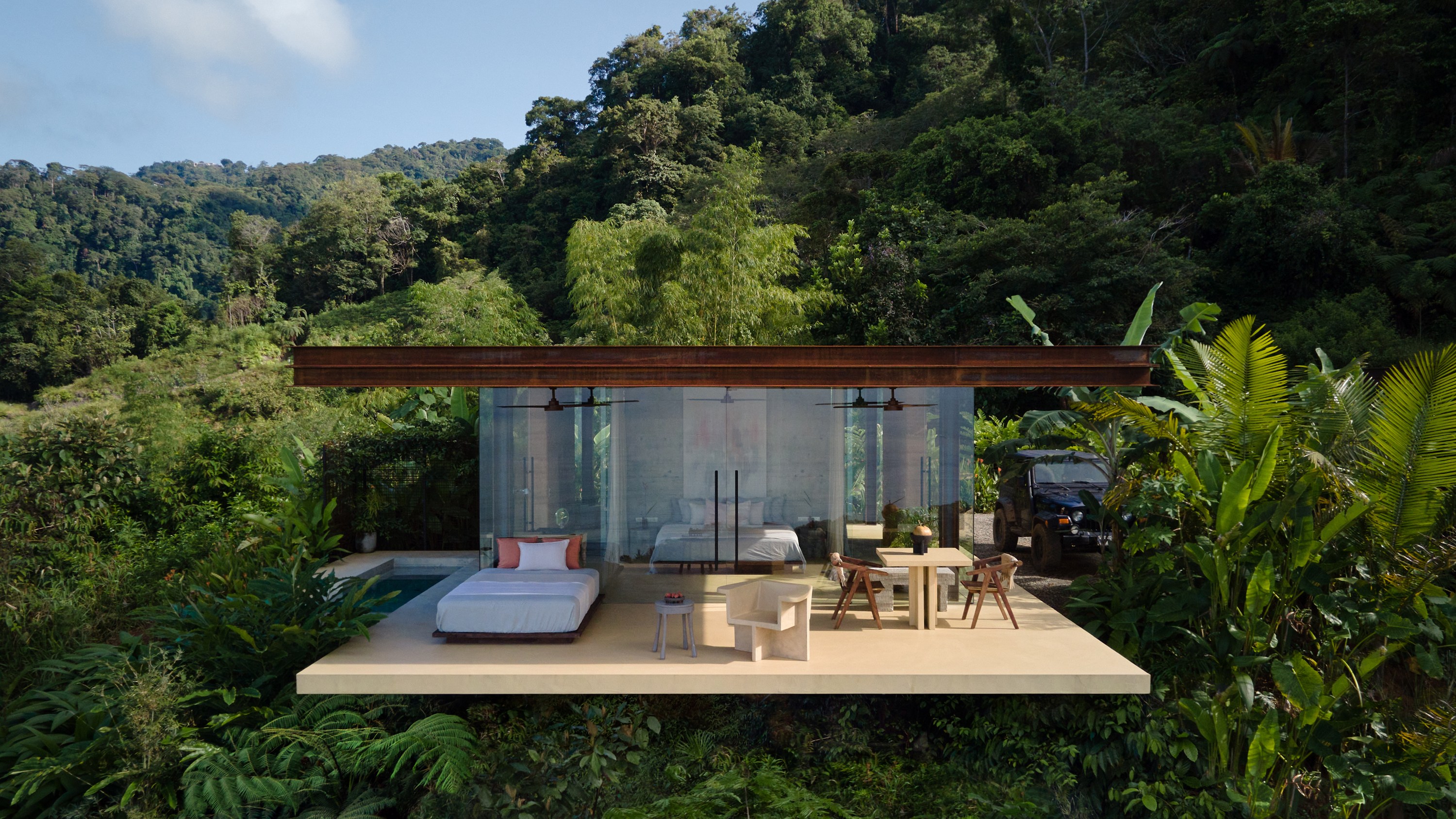
On a lushly forested ridge in the jungle, a pair of Costa Rican retreats peep out of the vegetation, cantilevered above the leaves and fronds to provide distant ocean views. Designed by the architect Dagmar Štepánová of Estudio Formafatal, a practice that splits its time between Costa Rica and the Czech Republic, the two small holiday villas in Uvita look due south to Bahia Ballena (‘Whale Bay’) on the Pacific coast.
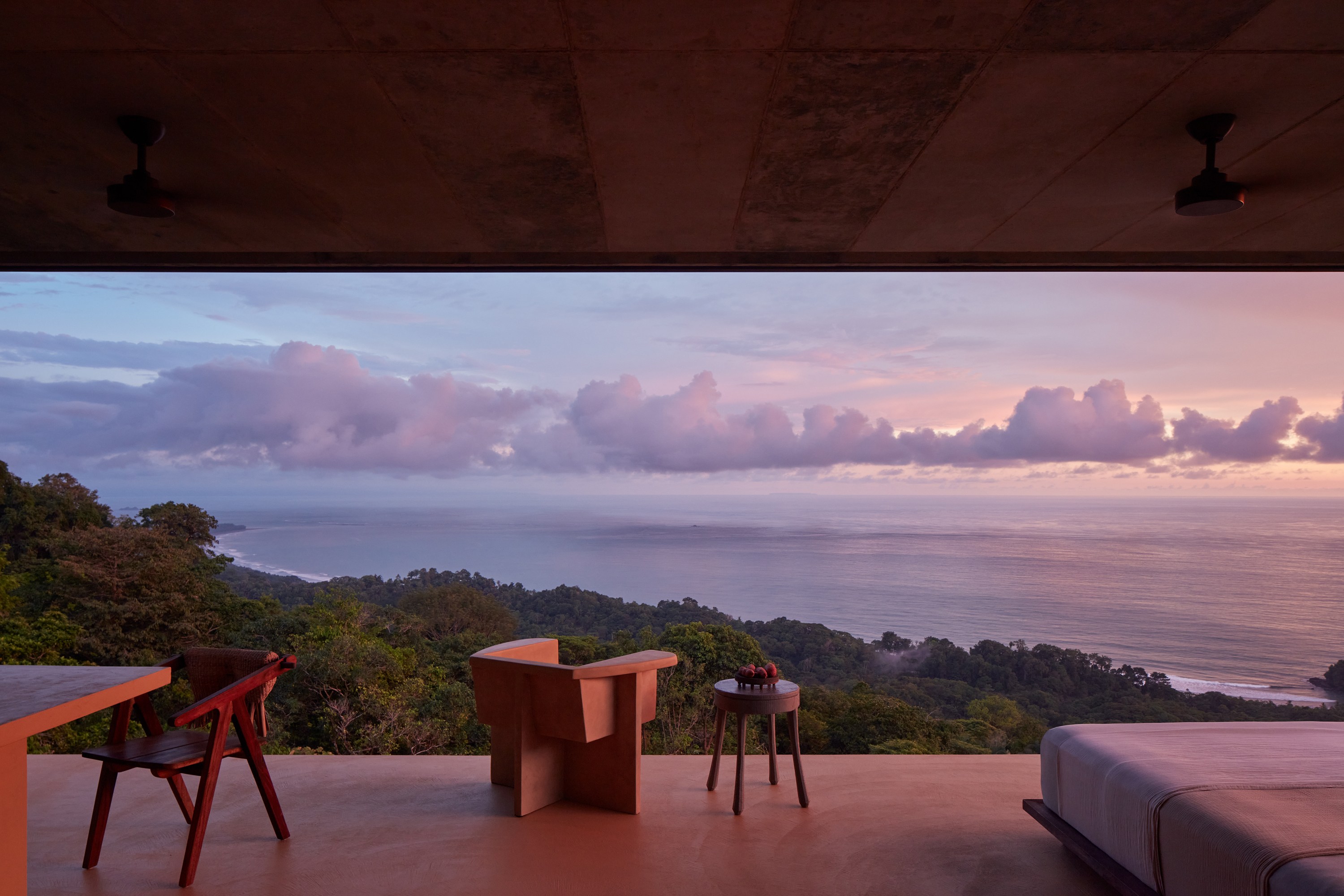
A set of Costa Rican retreats by Formafatal
These identical floorplans are the epitome of simplicity. Each is essentially a single room, consisting of large centrally placed bed, behind which is a bathroom, kitchenette, and storage space. The bulk of the walls are glazed and slide open to the surrounding terraces. These are generous enough to house a daybed, dining area and small infinity plunge pool.
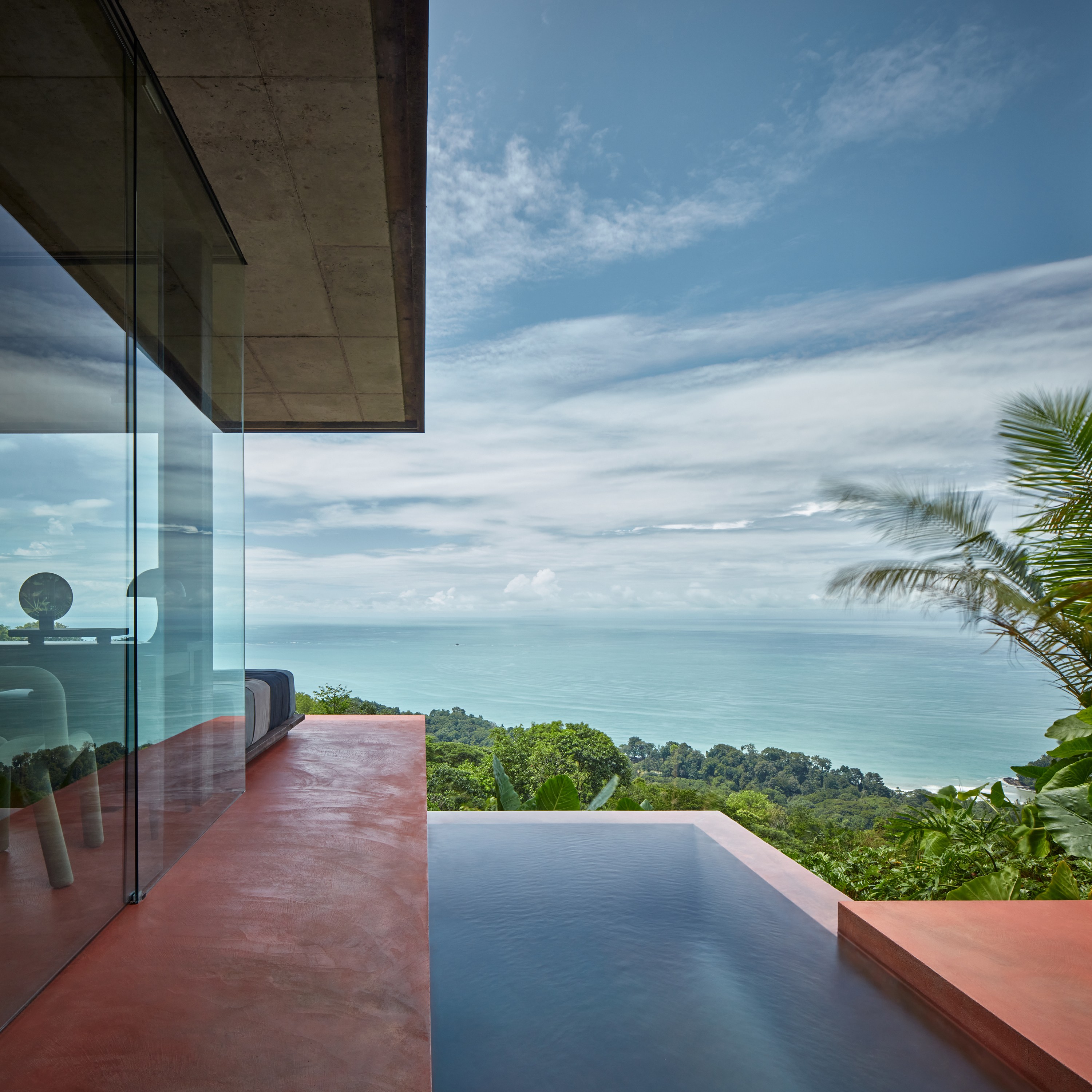
Each villa has its own distinct identity, defined by the colour choices and furnishings, balancing each other in a classic yin/yang relationship. Jaspis Villa, named for the Czech word for the light quartz Jasper, is paired with Nefrit Villa, named for the word for the typically darker Jade.
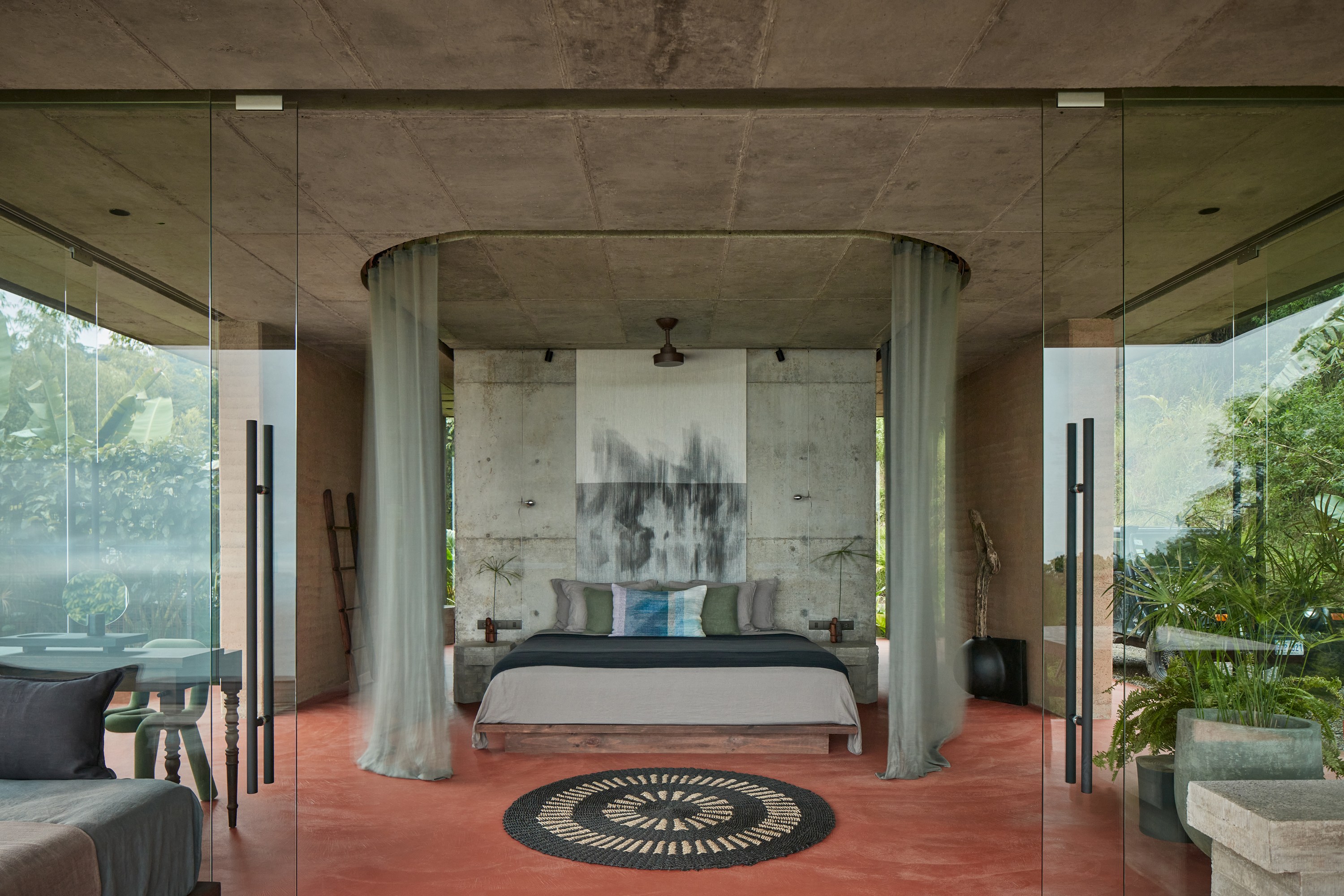
Jaspis is finished in light, sandy shades, intended by the architects to connect with the ocean and the sky. In contrast, the Nefrit Villa, with its red terracotta floor slab and terrace, is designed to feel closer in spirit to the ground and the surrounding jungle.
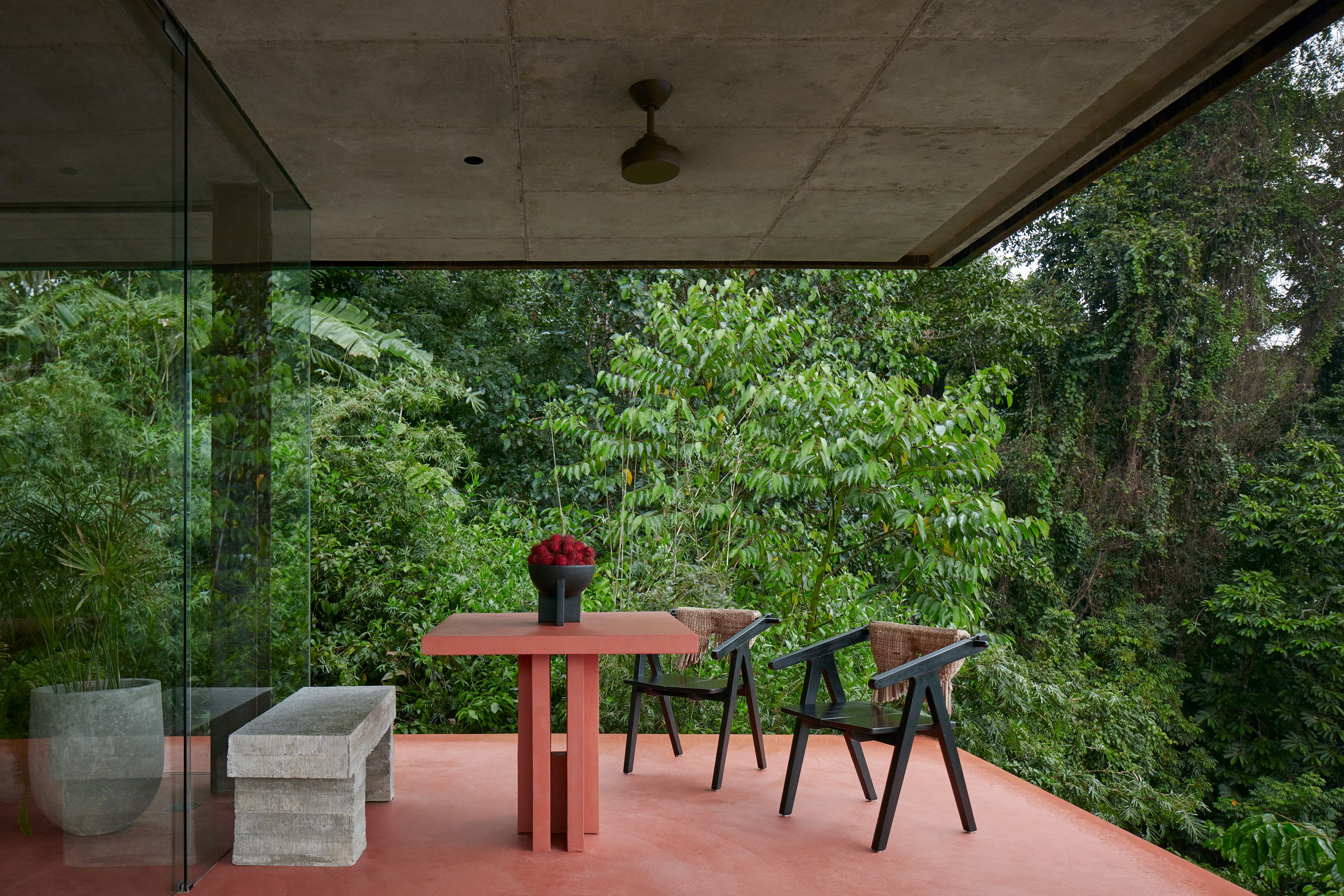
In addition to concrete and steel, the two villas make extensive use of rammed-earth construction, using the clay soil excavated for the foundations to form the perimeter load-bearing walls.
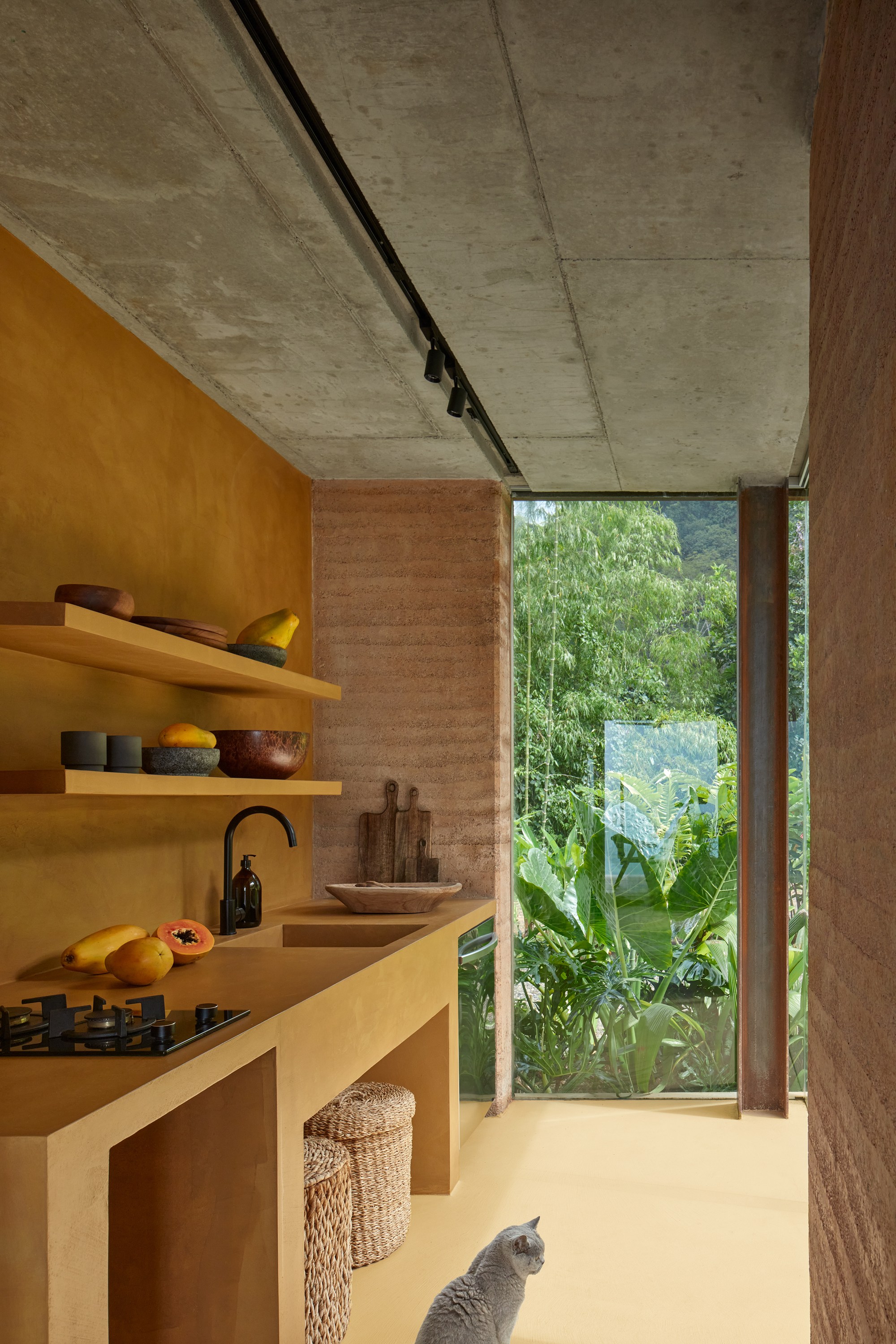
The plot is 300m above sea-level, giving far-reaching views across the bay. Each villa is around 90 sq m, but the interiors appear to expand outwards into the surrounding landscape. The horizontal and vertical compositions are a deliberate foil to the jungle, but the colour palettes, inside and out, harmonise with the foliage.
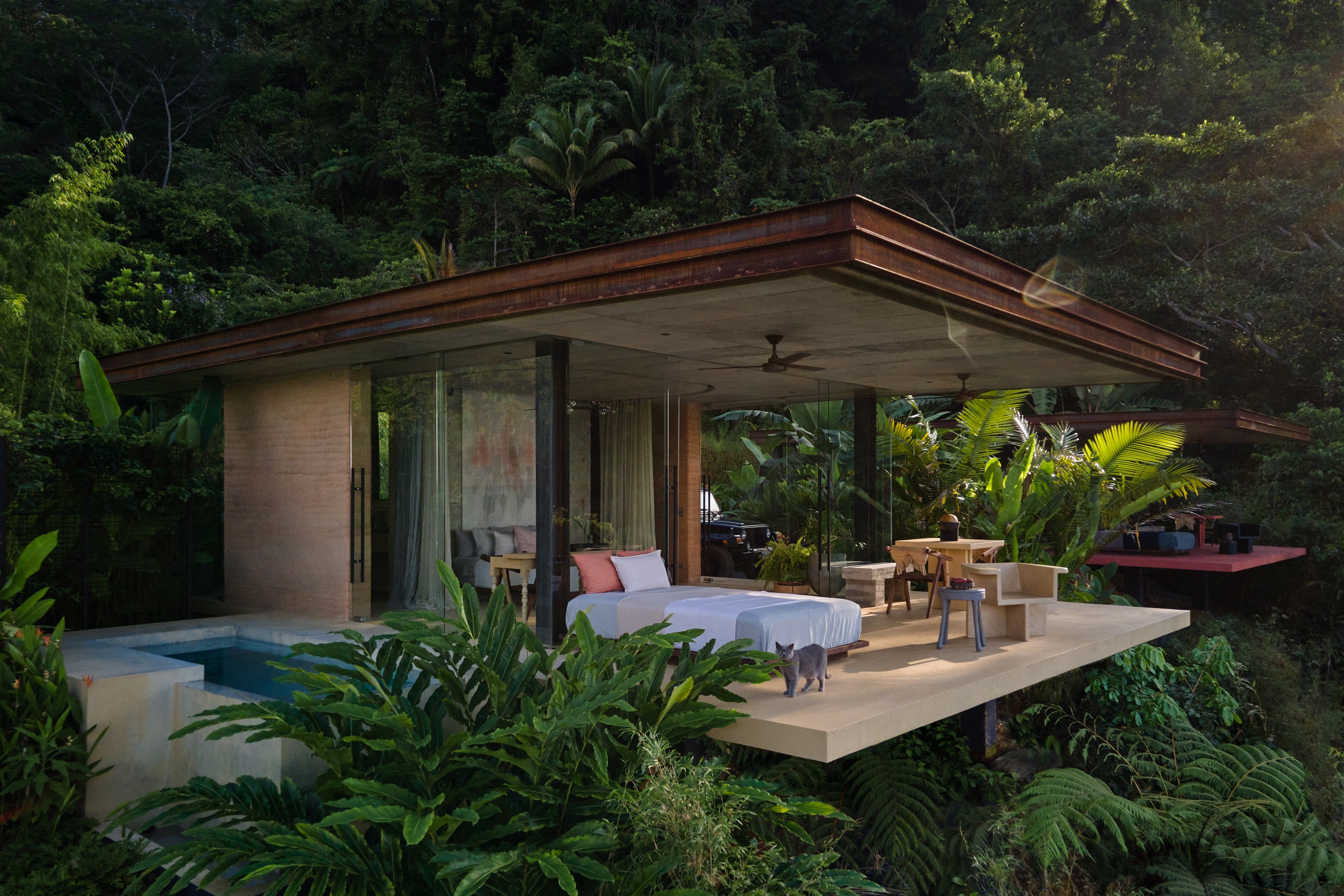
Although they’re set just 12m apart, the plot has been densely planted in order to preserve a strong sense of privacy and splendid isolation. The views don’t reveal themselves until you’ve stepped inside; once there, they dominate the interior.
Wallpaper* Newsletter
Receive our daily digest of inspiration, escapism and design stories from around the world direct to your inbox.
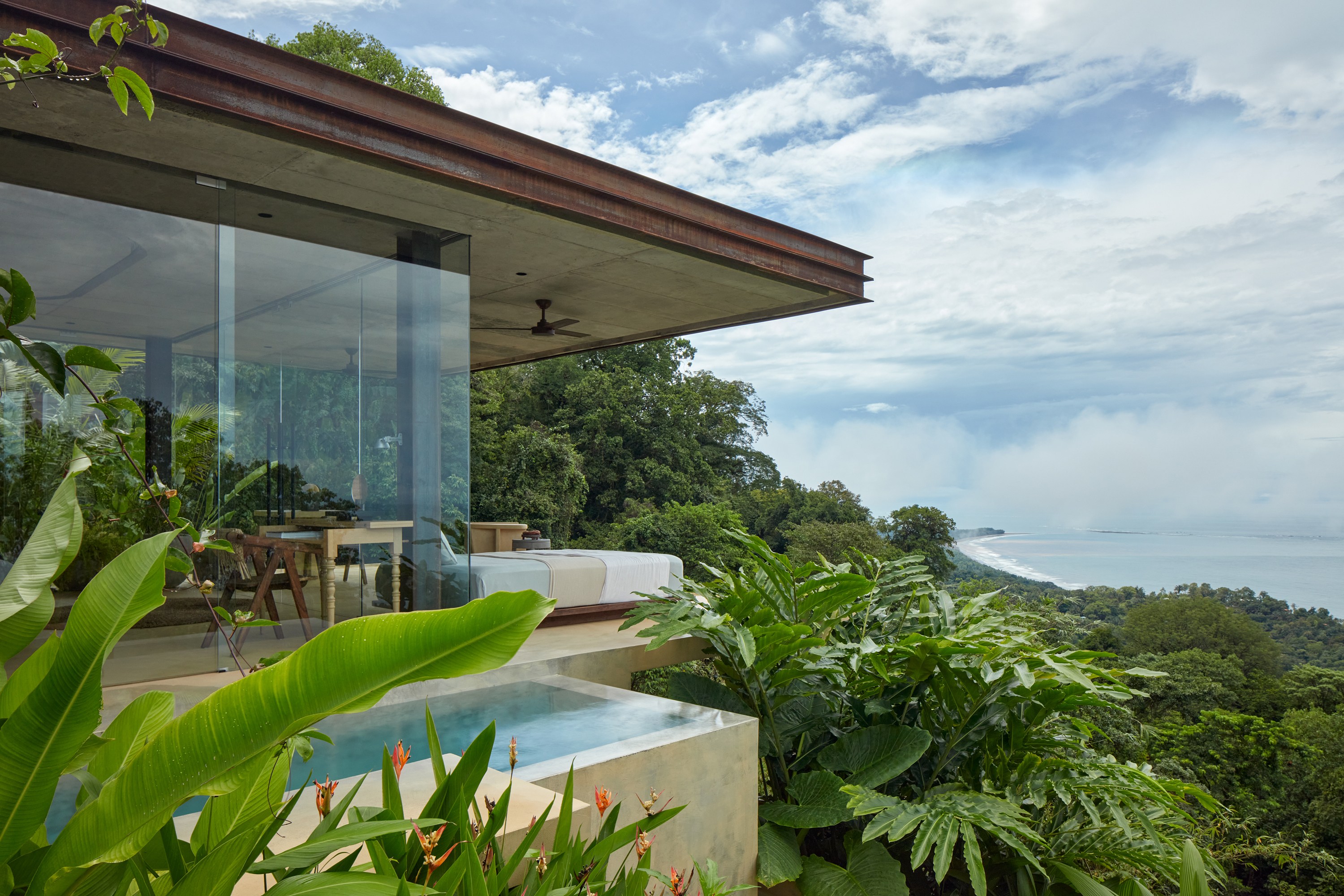
Štepánová and her team have focused intently on all the details, ensuring that like handles and tracks were recessed into the concrete slab to keep surfaces clean and minimal. Cast concrete is also used for the bespoke furniture in each villa, coloured to match the concrete screeds. The kitchen, desk, sink unit, tables and benches are also formed from concrete. The architect cites the sculptural work of the Belgian designer Bram Vanderbeke as inspiration.
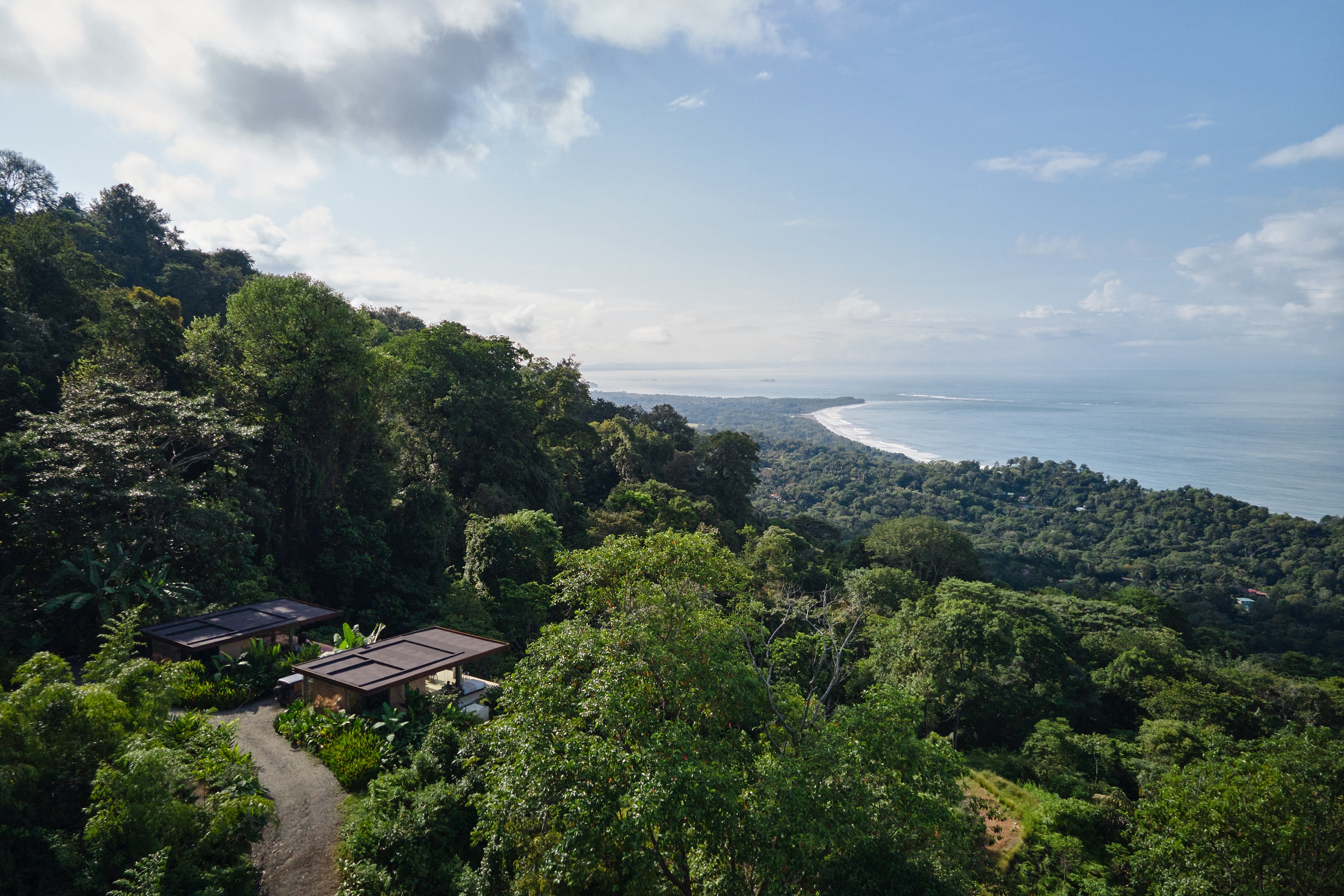
This is a high-humidity environment, and elements like the rammed-earth walls were hitherto unknown in the country. A Brazilian specialist, Terra Compacta, trained up local craftspeople to create Costa Rica’s first piece of rammed-earth architecture.
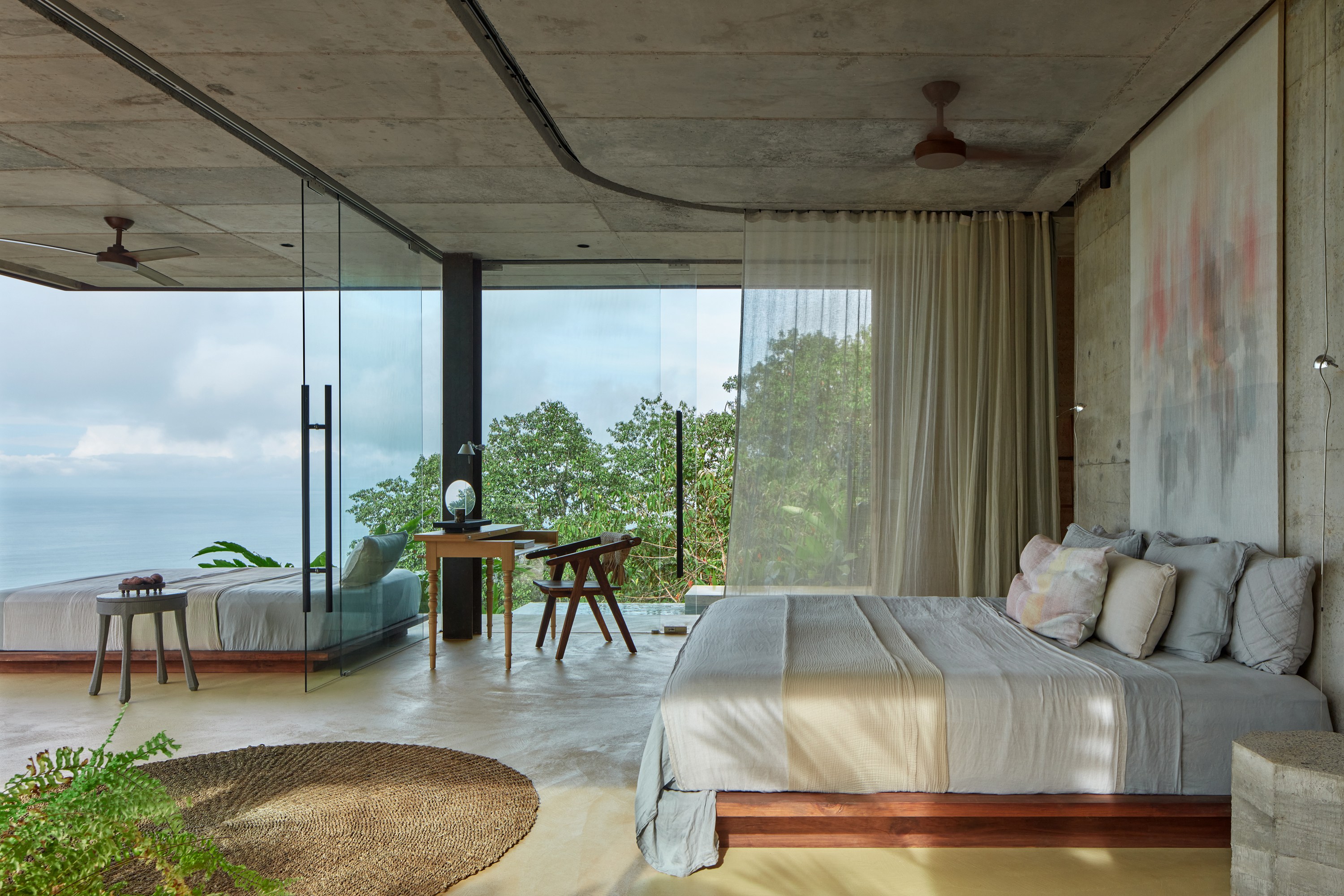
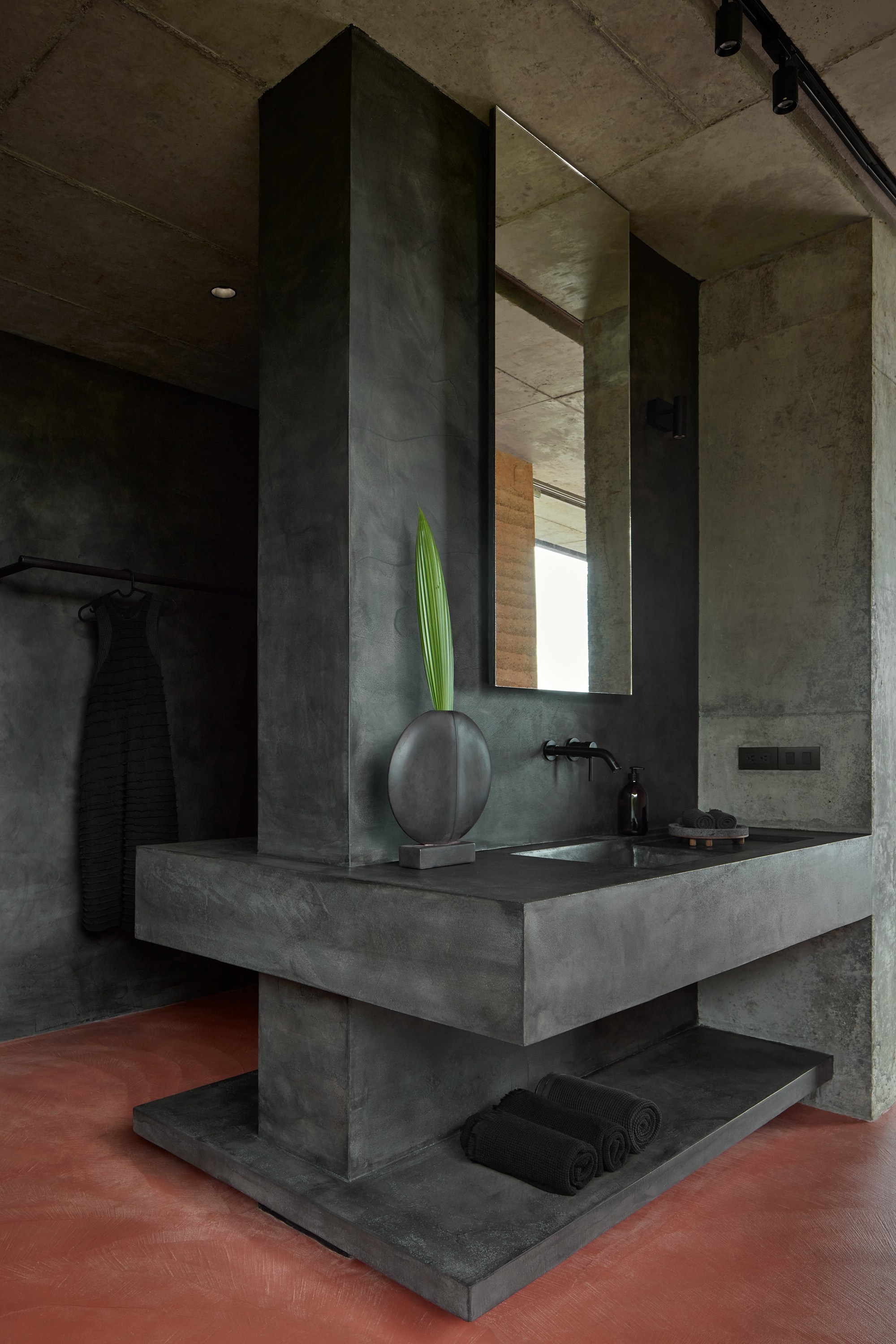
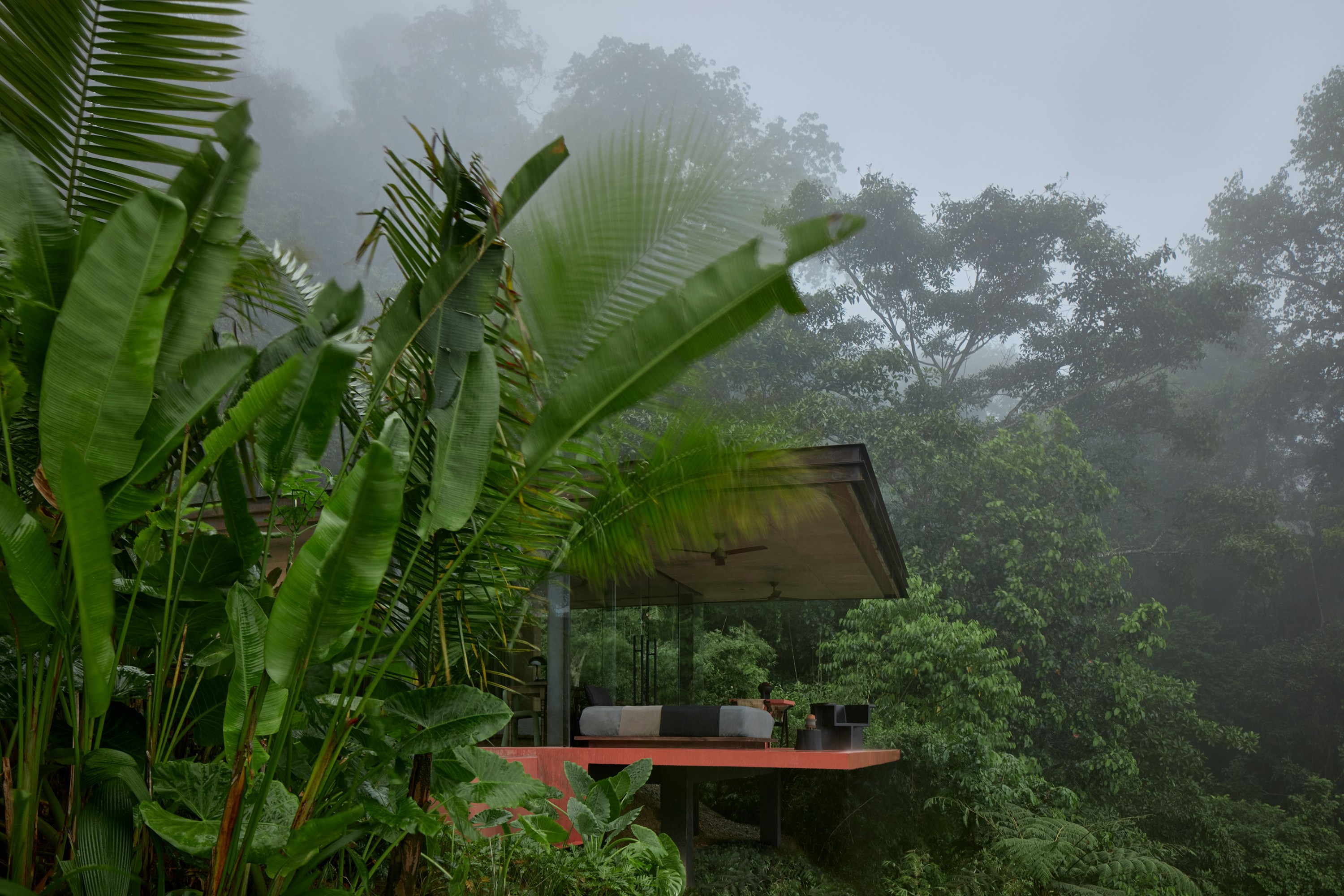
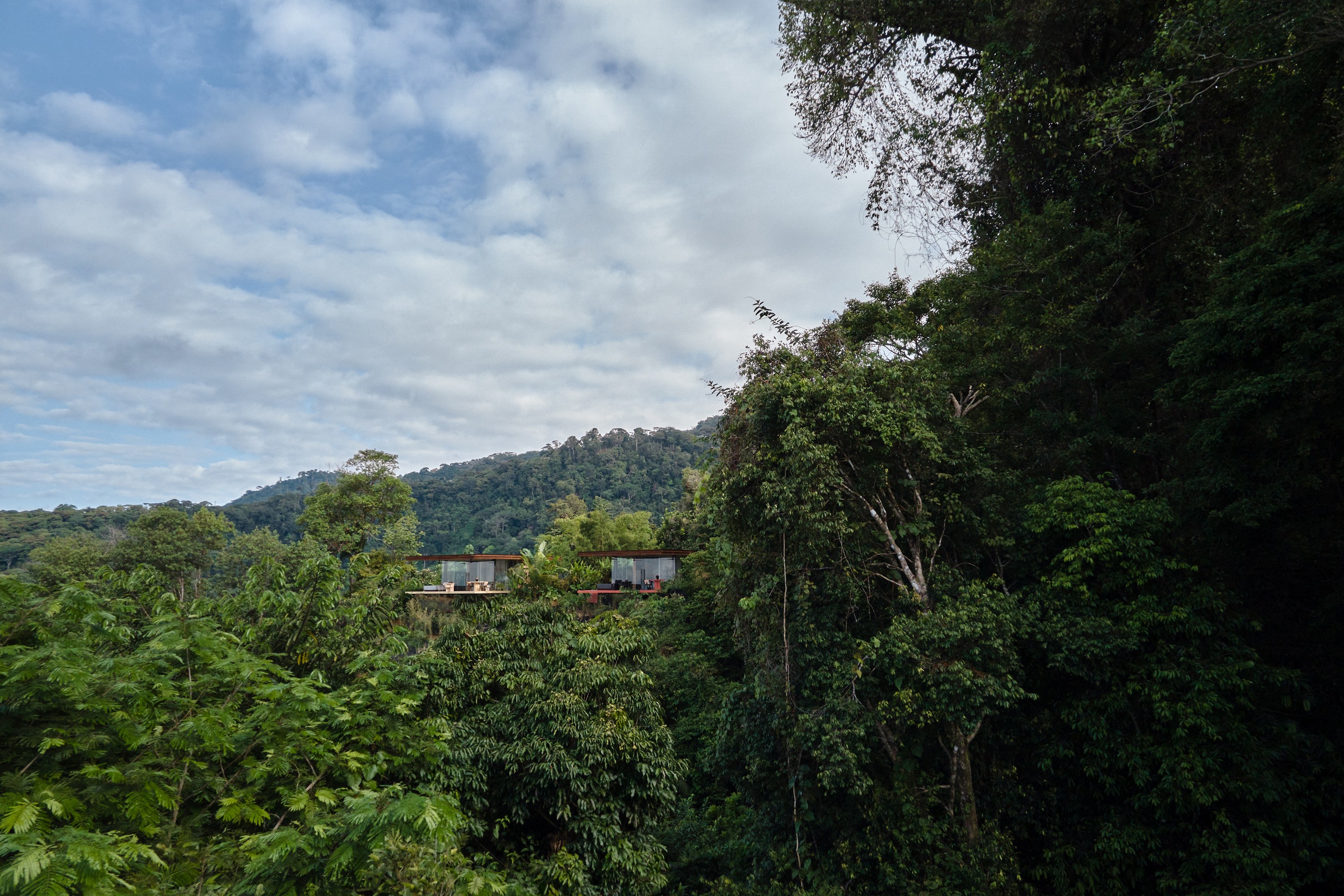
Jonathan Bell has written for Wallpaper* magazine since 1999, covering everything from architecture and transport design to books, tech and graphic design. He is now the magazine’s Transport and Technology Editor. Jonathan has written and edited 15 books, including Concept Car Design, 21st Century House, and The New Modern House. He is also the host of Wallpaper’s first podcast.
-
 Australian bathhouse ‘About Time’ bridges softness and brutalism
Australian bathhouse ‘About Time’ bridges softness and brutalism‘About Time’, an Australian bathhouse designed by Goss Studio, balances brutalist architecture and the softness of natural patina in a Japanese-inspired wellness hub
By Ellie Stathaki
-
 Marylebone restaurant Nina turns up the volume on Italian dining
Marylebone restaurant Nina turns up the volume on Italian diningAt Nina, don’t expect a view of the Amalfi Coast. Do expect pasta, leopard print and industrial chic
By Sofia de la Cruz
-
 Tour the wonderful homes of ‘Casa Mexicana’, an ode to residential architecture in Mexico
Tour the wonderful homes of ‘Casa Mexicana’, an ode to residential architecture in Mexico‘Casa Mexicana’ is a new book celebrating the country’s residential architecture, highlighting its influence across the world
By Ellie Stathaki
-
 Makai Villas nestle into the Costa Rican treetops, embracing Pacific Ocean views
Makai Villas nestle into the Costa Rican treetops, embracing Pacific Ocean viewsMakai Villas, by Studio Saxe, are a trio of sustainably minded residences poised on the leafy terrain of Costa Rica
By Tianna Williams
-
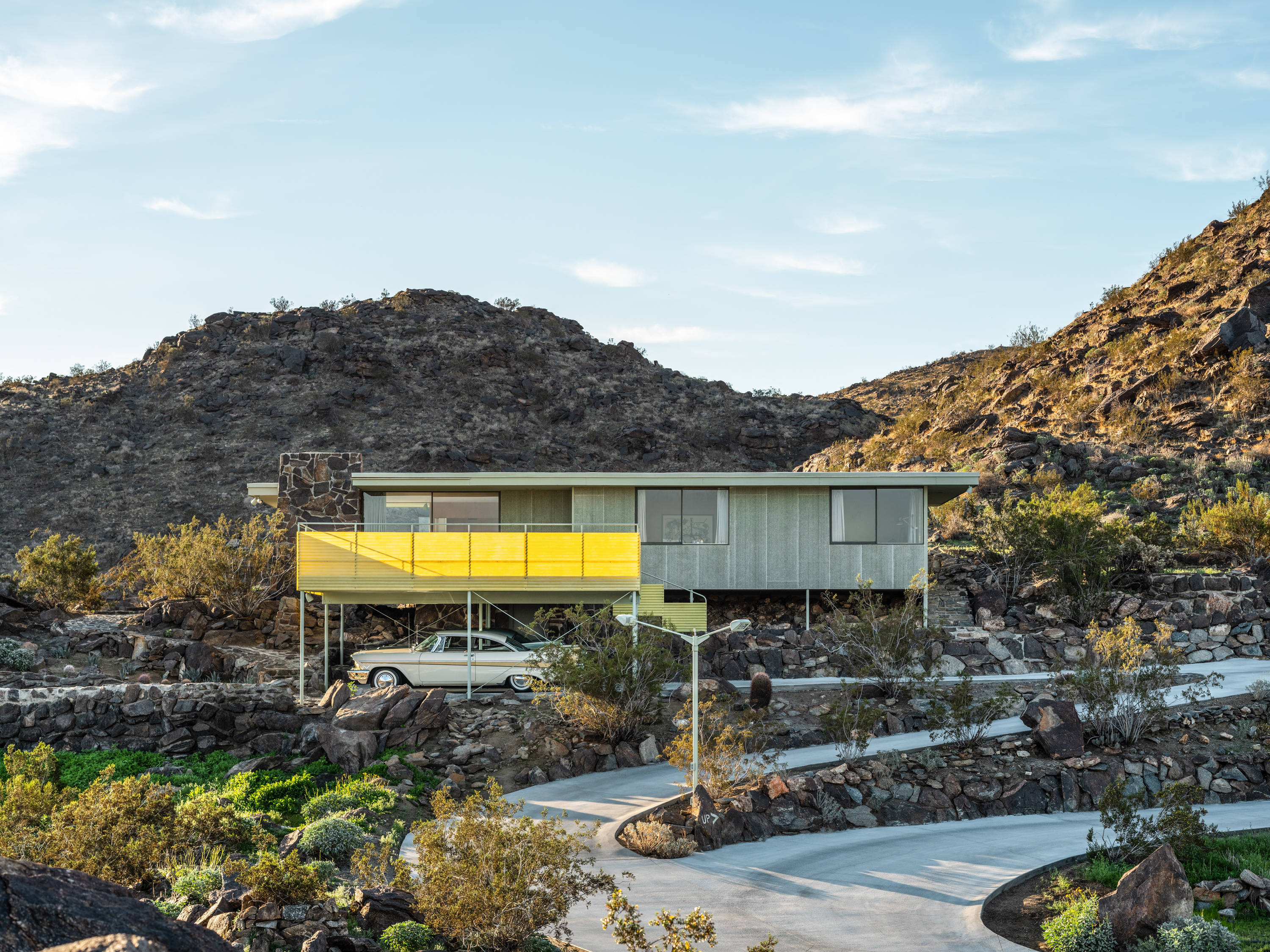 Modernist architecture: inspiration from across the globe
Modernist architecture: inspiration from across the globeModernist architecture has had a tremendous influence on today’s built environment, making these midcentury marvels some of the most closely studied 20th-century buildings; here, we explore the genre by continent
By Ellie Stathaki
-
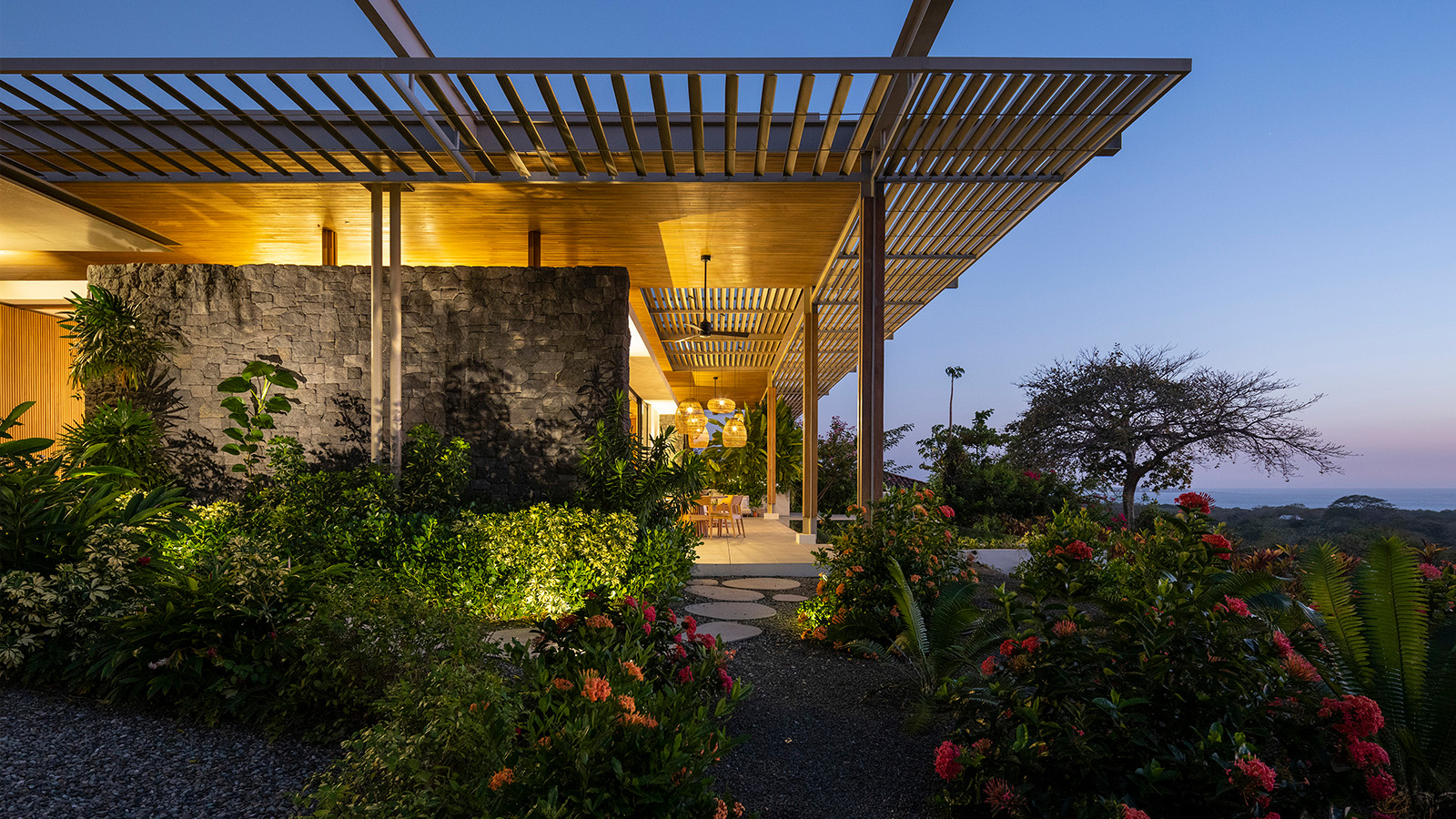 Take a tour of Pergola House in Costa Rica – a leafy residence open to the elements
Take a tour of Pergola House in Costa Rica – a leafy residence open to the elementsBased in Costa Rica, Pergola House by Studio Saxe is a serene escape that blends indoor and outdoor living
By Tianna Williams
-
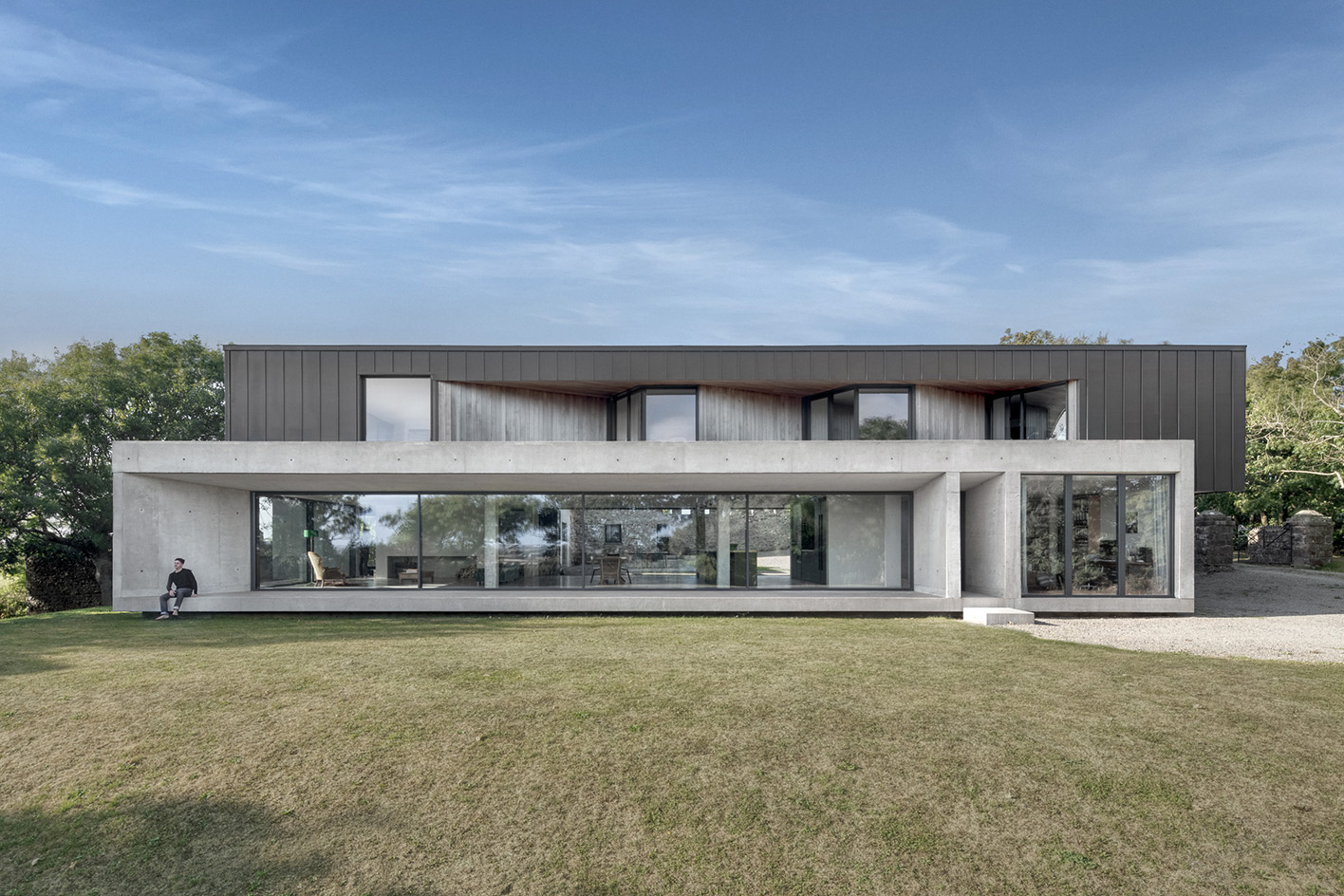 Minimalist architecture: homes that inspire calm
Minimalist architecture: homes that inspire calmThese examples of minimalist architecture place life in the foreground – clutter is demoted; joy promoted
By Ellie Stathaki
-
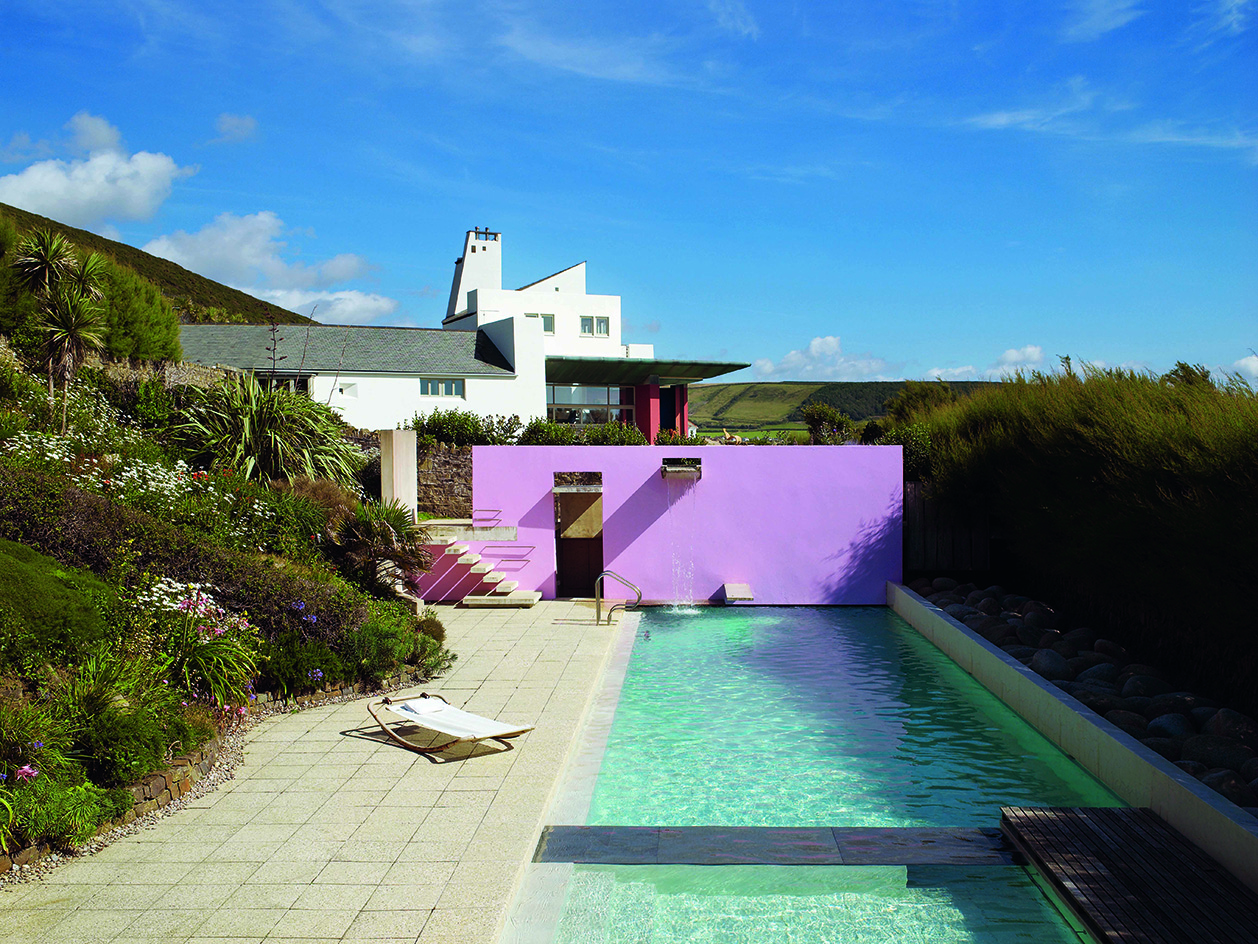 The iconic British house: key examples explored
The iconic British house: key examples exploredNew book ‘The Iconic British House’ by Dominic Bradbury explores the country’s best residential examples since 1900
By Ellie Stathaki
-
 Loyle Carner’s Reading Festival 2023 stage presents spatial storytelling at its finest
Loyle Carner’s Reading Festival 2023 stage presents spatial storytelling at its finestWe talk to Loyle Carner and The Unlimited Dreams Company (UDC) about the musical artist’s stage set design for Reading Festival 2023
By Teshome Douglas-Campbell
-
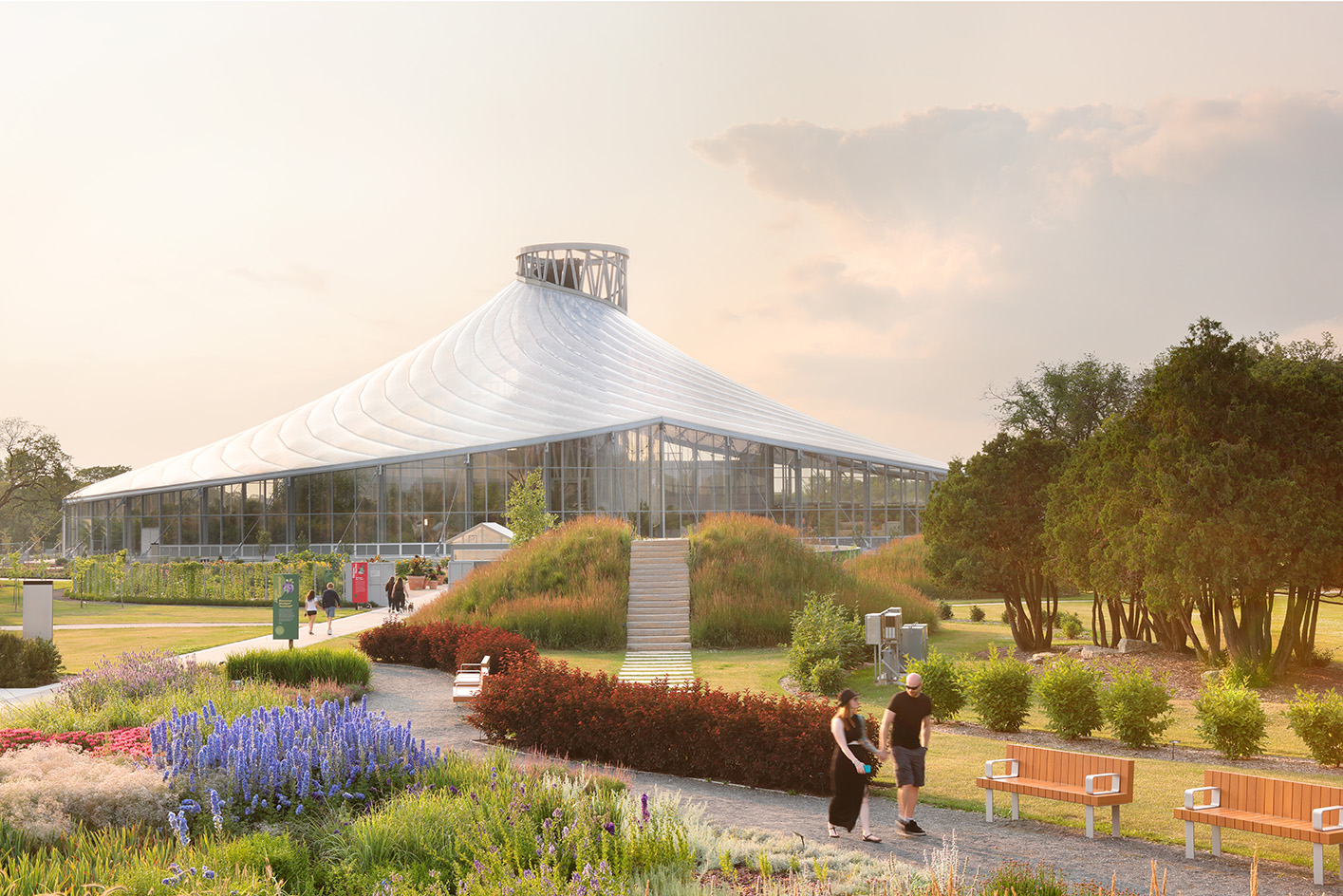 The Leaf is a feat of engineering and an ode to the Canadian Prairies
The Leaf is a feat of engineering and an ode to the Canadian PrairiesThe Leaf in Winnipeg, Canada, is the first interactive horticultural attraction of its kind: a garden and greenhouse complex promoting a better understanding of how people can connect with plants
By Adrian Madlener
-
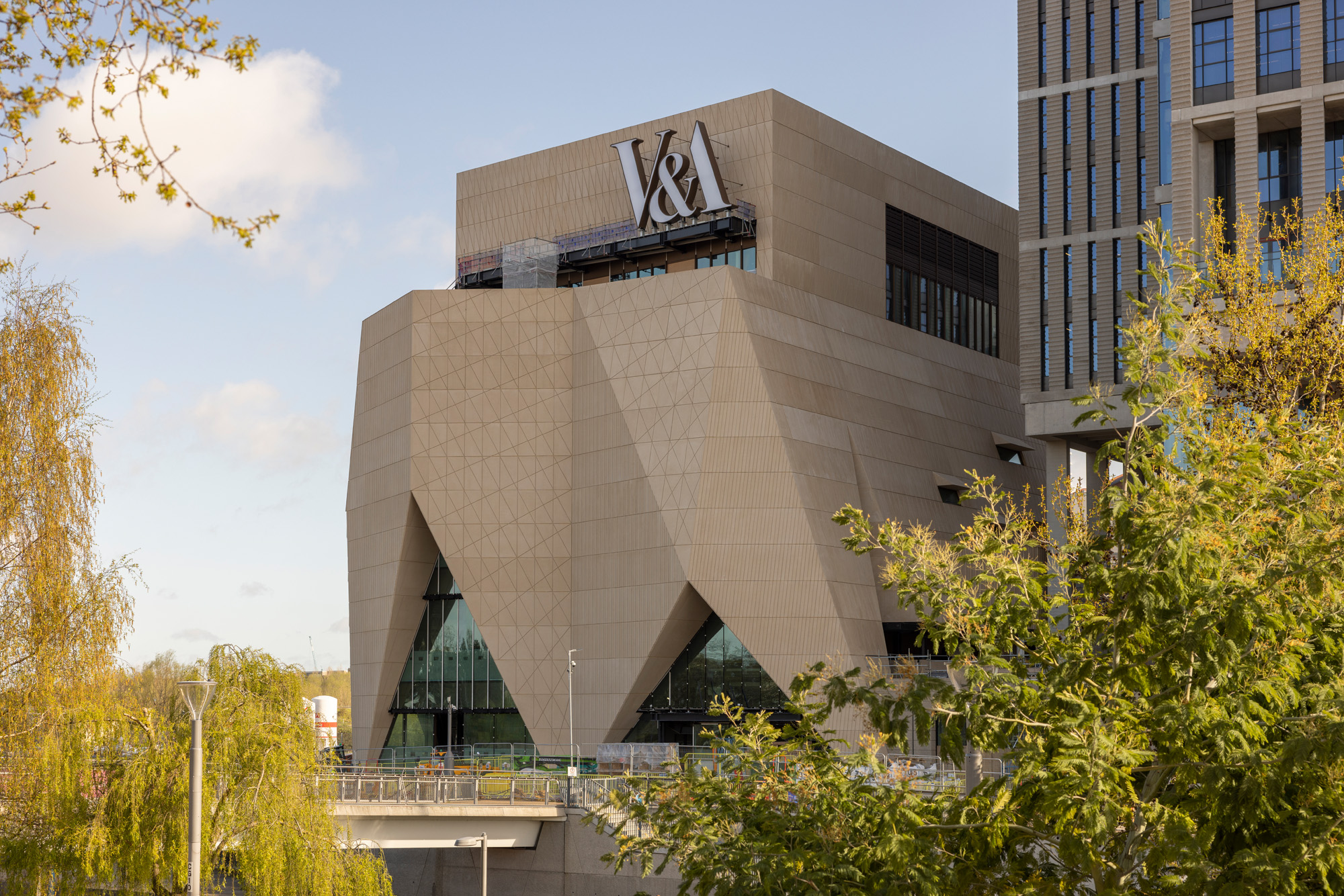 Behind the V&A East Museum’s pleated façade
Behind the V&A East Museum’s pleated façadeBehind the new V&A East Museum’s intricate façade is a space for the imagination to unfold
By Ellie Stathaki